- Home
- slideshows
- miscellaneous
- The video game industry's 10 biggest flops of the decade, from the Wii U to 3D gaming
The video game industry's 10 biggest flops of the decade, from the Wii U to 3D gaming
10. Gaming in virtual reality

9. The PlayStation Vita, Sony's failed follow-up to the PlayStation Portable.
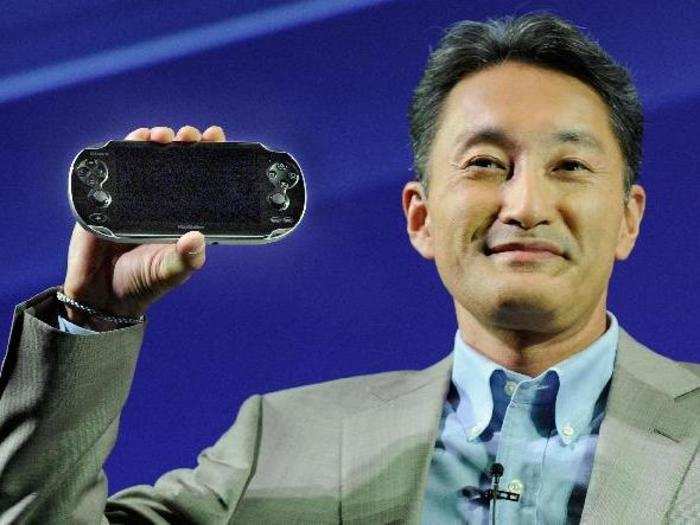
In many ways the PlayStation Vita was ahead of its time when it launched in 2011, offering gamers 3G mobile data, multimedia playback, a touch screen, and many of the features smartphone users access today on a daily basis.
But the Vita failed to deliver the sort of mainstream innovation that Apple's iPhone and other early smartphones had brought to the mobile device market. When it failed to find a large audience in its first few years, video game developers largely abandoned it in lieu of traditional consoles and Nintendo's much more successful 3DS handheld.
The Vita did find some support among indie developers who filled the gaps left by major studios with affordable releases on the Vita's digital-first marketplace. Sony officially discontinued the PlayStation Vita in 2019 and said it had no plans for another portable PlayStation.
8. Every online roleplaying game that tried to replace "World of Warcraft"
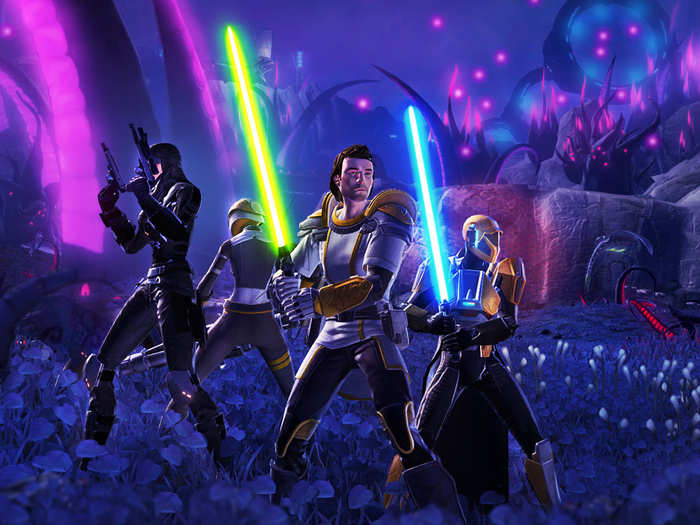
"World of Warcraft" sparked a global phenomenon when it was released, and 15 years later the legendary online roleplaying game may have proven itself to be one of a kind.
The past decade saw the launch of dozens of competing massively multiplayer online roleplaying games, but none of them managed to capture the audience of millions that made "World of Warcraft" an earth-shattering success.
Instead, video game developers have implemented roleplaying-style progression into other types of online games, giving players ways to keep improving in their favorite genres.
Some of the more memorable MMOs that have stayed alive in the wake of "World of Warcraft" include "Final Fantasy XIV," "The Elder Scrolls: Online," "Guild Wars 2," and "Star Wars: The Old Republic."
In fact, one of the most successful successors to "World of Warcraft" was a re-release of "World of Warcraft." To celebrate the game's 15th anniversary Blizzard released a throwback version of the game called "WoW Classic" that plays exactly the way the game did in 2006. During the company's most recent earnings report, Blizzard said "WoW Classic" helped push the highest quarterly growth in subscriptions in the game's history. The unparalleled success of such an old game proves that "World of Classic" is in a league of its own.
7. 3D gaming, an expensive bet on an unpopular technology
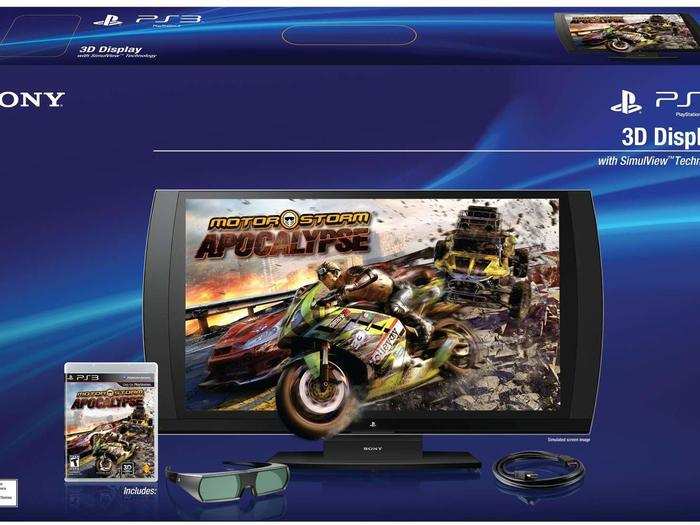
For a few years televisions with built-in 3D features were all the rage, and the video game industry tried its best to join the wave with specialized technology and plenty of games that were ready for 3D displays.
However, the demands of 3D video game rendering meant only gamers with dedicated gaming PCs were able to run the most visually impressive games. The additional rendering required by 3D also led to significant delays in the controls, making fast-paced games largely unplayable.
With the high cost of entry and the extra setup required to make 3D TVs play nice with video game consoles, 3D gaming technology is no longer supported by most companies. Instead, the industry has focused on delivering 4K resolution and faster frame rates to more customers.
Nintendo's 3DS portable console shipped in 2011 with a stereoscopic 3D screen, but two years later the company announced that it would release a version of the console without the 3D feature, aptly named the 2DS. While early 3DS games worked to make special use of the 3D functionality, the feature eventually became an afterthought for the popular handheld, and scrapped completely in Nintendo's future consoles.
6. Microsoft's Kinect, the smart home device that showed up too early

Before Alexa and Google Home made virtual assistants a regular voice in household, Microsoft wanted Kinect to help turn the Xbox into the center of your smart home. When it launched in 2010, Kinect included a webcam, microphone, and Microsoft's Cortana virtual assistant, which was named after a fictional artificial intelligence from Microsoft's "Halo" video game series.
Cortana eventually went insane and tried to destroy the universe in the games, and Kinect didn't turn out much better.
Because Kinect came standard with the Xbox One, Microsoft encouraged developers to find ways to implement the device, which led to some mediocre implementation. For example, "NBA 2K13" and "NBA 2K14" famously charged players with technical fouls when Kinect caught them cursing at the game on the live mic.
Kinect didn't have too many uses, and its motion-tracking webcam was mediocre at a time when phones and laptops were adopting high-definition cameras. As it turned out, people in 2012 weren't too excited about having a live microphone in their living room, and Cortana didn't have all the online features or connectivity that come with Amazon's Alexa voice assistant either.
Kinect still lives on as a high-end development tool for Windows, but it's no longer considered a gaming device. The $400 Azure Kinect is mostly used to develop artificial intelligence and provide sensors for computers.
5. The Steam Machine, the gaming computer that was too focused on games
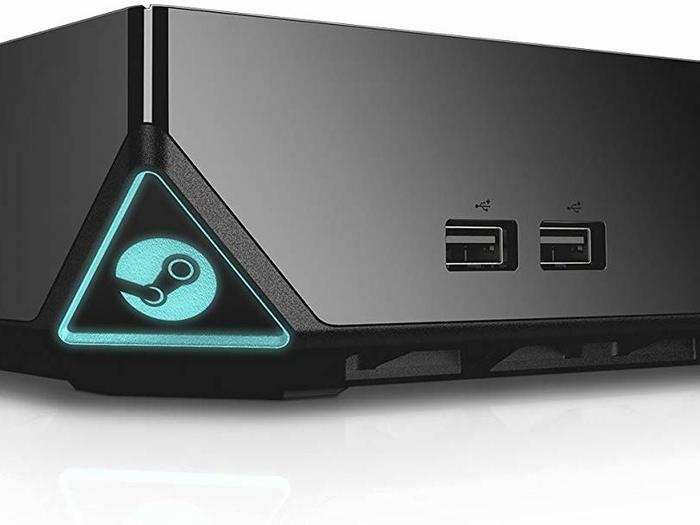
The Steam Machine, or machines, refers a line of computers designed to capitalize on the rising popularity of PC gaming. Steam is the name of the most popular digital storefront for PC and is operated by the company Valve, which is also known for developing the popular video games "Half-Life," "Counter-Strike," and "Portal."
In 2013, the Steam Machine set out to solve a simple problem. Gaming PCs are notoriously hard to build, so the Steam Machine would be a pre-built computer made for gaming and cheaper than a gaming PC, with a similar price to the PlayStation 4 and Xbox One, the most popular video game consoles at the time.
However, unlike the vast majority of PCs, Steam Machine didn't use Microsoft Windows. Instead it came with a Linux-based operating system called the SteamOS. While the SteamOS was totally fine for playing games, sacrificing access to common Windows applications was a tough trade off for customers looking to buy a computer.
Without access to Windows, the Steam Machine didn't seem much different from a PlayStation or Xbox in terms of value. To make things more difficult, Microsoft released Windows 10 as a free upgrade just a few months before the Steam Machine launched.
PC gaming continues to grow in popularity but Valve has given up on making Steam Machines for now. The company's latest new piece of hardware is a high-end virtual reality headset, the Valve Index.
4. The Nintendo Wii U, the video game console with a not-so portable tablet.
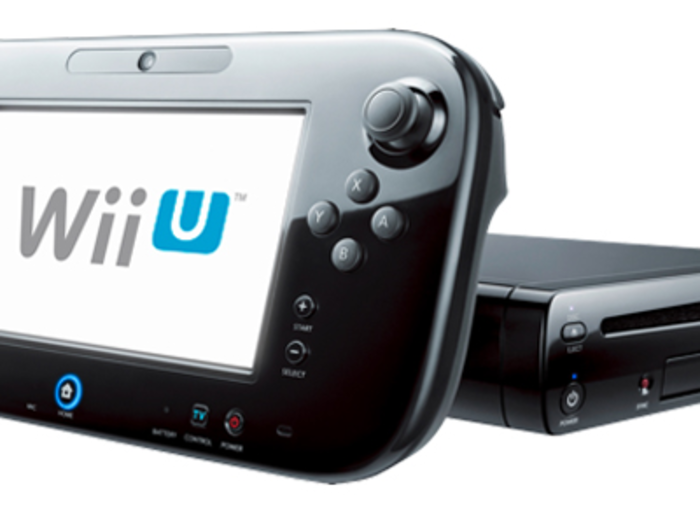
The Nintendo Wii is one of the fastest-selling video game consoles in history, but its follow-up, the Wii U, will probably end up a footnote.
Six years after it sparked a global phenomenon with its innovative controls, the Wii had fallen behind the PlayStation 3 and Xbox 360 as a premium gaming device due to a lack of processing power and archaic support for online games.
In 2012, Nintendo launched the Wii U, a new device that still supported old Wii games and controllers. It was Nintendo's first console with high-definition graphics and made use of a unique touchscreen tablet that gave gamers the ability to play at home without a TV, but the Wii U tablet still needed to be within about 50 feet of the console to work.
The Wii U was ultimately lacking in power compared to the PlayStation 4 and Xbox One consoles released in 2013, and the new console didn't do much to fix Nintendo's reputation for bad online play.
In the end, Nintendo sold just 13 million units of the Wii U, compared to the 100 million it sold of the Wii worldwide. The Wii U was replaced by the wildly popular Nintendo Switch in 2017.
3. Ouya, the Android-based video game console that raised millions on Kickstarter.
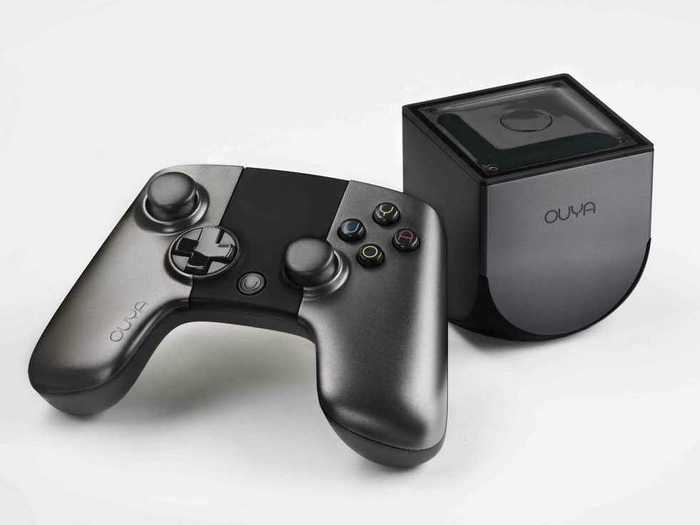
The Ouya was an Android-based video game console that managed to raise $8.5 million through crowdfunding, but ultimately failed to maintain excitement after its lackluster release in 2013.
The $99 Ouya was cheaper than premium video game consoles like the PlayStation 4 and Xbox One, but it also lacked the compelling games needed to keep players invested. While the Ouya's sleek design attracted quite a few fans, the machine lacked the power needed to run high-quality games, and a library filled with hundreds of mediocre Android games wasn't enough to suffice.
The Ouya was discontinued in 2015, and its official online shop shut down earlier this year, essentially making the remaining devices useless outside of special modifications.
2. OnLive, the billion dollar video game streaming service.
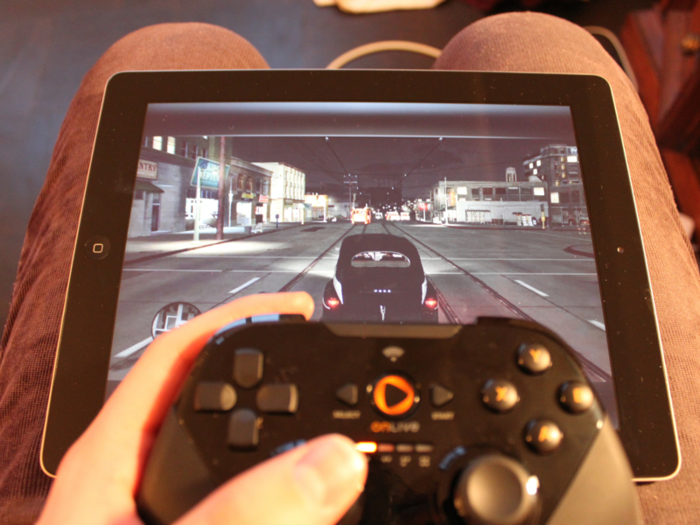
OnLive was an ambitious video game streaming service that wanted to change the way people played games. The service streamed games from a remote cloud server directly to multiple online devices, including tablets and smartphones.
In theory, OnLive would remove the need for expensive gaming hardware in exchange for a monthly fee. In practice, the service struggled to match the performance of home consoles. And inconsistency between games made OnLive a risky investment for players.
OnLive was valued at $1.8 billion at its peak in 2011, but the company was sold for just $5 million in 2012. The high valuation was attributed to the company's patents, which were estimated to be worth millions on their own.
Sony eventually acquired OnLive's patents and launched its own streaming service: PlayStation Now.
If anything, OnLive lacked the resources to support such an ambitious service at the time it launched. But now the industry's largest companies finally have the technology and infrastructure to make video game streaming a reality. PlayStation Now will soon compete with video game streaming services like Google's Stadia and Microsoft's Project xCloud.
1. Telltale Games, the indie studio that proved story-based games could work, and then went bankrupt.
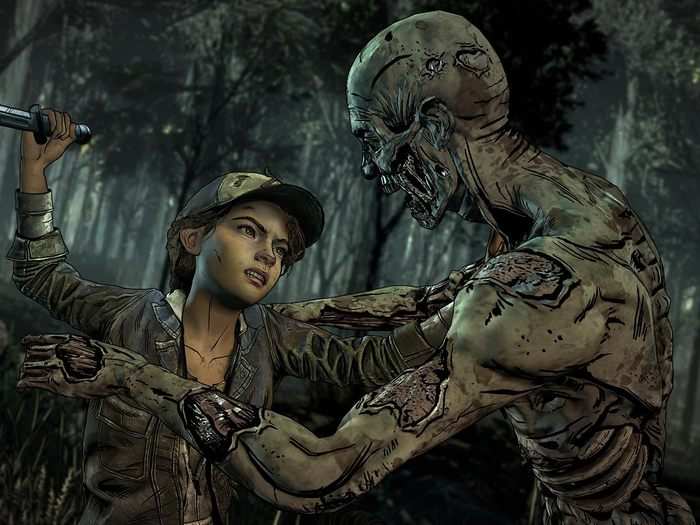
Telltale Games made the most of the skyrocketing popularity of "The Walking Dead" with a game that focused on storytelling more than on traditional gameplay.
"The Walking Dead" was split into multiple episodes that required players to make critical choices that impacted the direction of the story, including which characters lived and died in each episode. It was the perfect format for drawing out the post-apocalyptic horror of "The Walking Dead" series and introduced fans of the show to a casual video game experience.
Following the success of "The Walking Dead," Telltale entered into multiple licensing deals with popular franchises like "Game of Thrones," "Batman," and Marvel's "Guardians of the Galaxy." While critics celebrated Telltale's storytelling, the studio's follow-ups failed to reach the captive audience that made "The Walking Dead" a success.
Internally, Telltale's desire to push out multiple licensed games at once put an undue amount of stress on employees. Developers were working on tight schedules and using increasingly outdated tools to fulfill Telltale's episodic release format, while studio executives continued to push new projects.
When Telltale's licensed projects failed commercially, the studio was ultimately forced to close, laying off hundreds of employees and leaving the final chapters of "The Walking Dead" video game incomplete. An indie studio celebrated for its meteoric rise was quickly maligned as a cautionary tale for ambitious developers.
However, Telltale's moment of success has led to more support and overall awareness for story-driven episodic projects, like Dontnod Entertainment's "Life is Strange."
Skybound Entertainment, which owns the media rights to "The Walking Dead," eventually paid for Telltale's last "Walking Dead" game to be completed, and released its final two episodes earlier this year.
In August, a company called LCG Entertainment purchased Telltale's remaining projects and pledged to revive the studio. Recently, the revived studio announced "The Wolf Among Us 2," a follow-up to Telltale's critically acclaimed 2013 release.
Popular Right Now
Advertisement